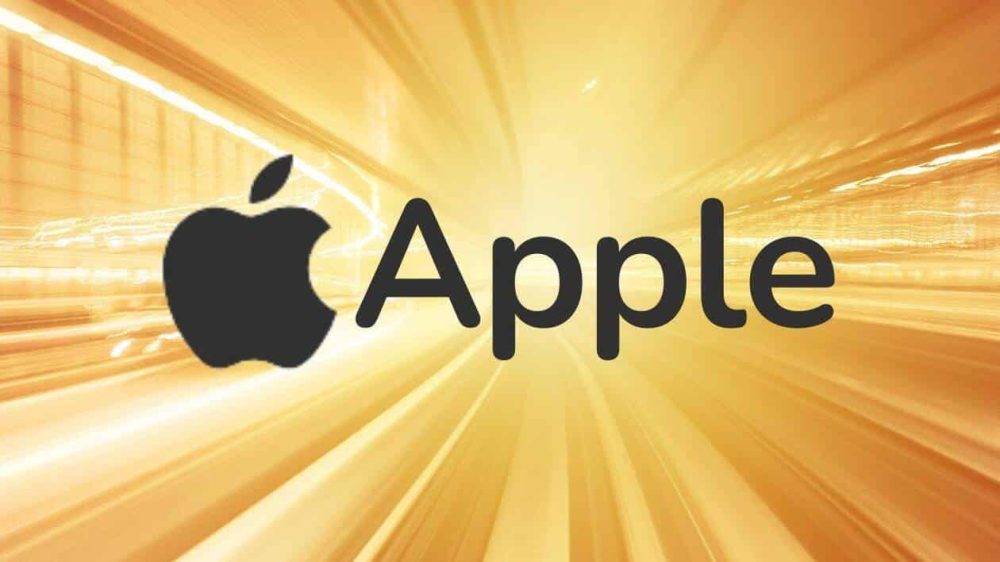Apple may finally be preparing to break the $999 price barrier on its Mac lineup.
According to reliable analyst Ming-Chi Kuo, Apple is developing a new, low-cost 13-inch MacBook powered not by its usual M-series Mac chips, but by the A18 Pro — the same processor found in the iPhone 16 Pro. If the reports are accurate, this would mark the first time an iPhone chip powers a Mac, signaling a bold strategy to capture a larger share of the budget computing market.
A Slimmer Mac at a Slimmer Price
Kuo says Apple is targeting a late 2025 or early 2026 production window and is aiming to ship 5 to 7 million units in the first year. That scale would make this new model a major part of Apple’s laptop lineup — potentially 20–28% of MacBook sales in 2026.
Visually, the device is likely to feature a 13-inch display, similar to the current MacBook Air, and will be available in a fresh set of colors: Silver, Blue, Pink, and Yellow. Apple is reportedly working with Chinese supplier Everwin Precision to produce the laptop’s casings.
A Mac with iPhone Performance?
While Apple’s existing Macs rely on the more powerful M-series chips, the A18 Pro isn’t exactly lightweight. Benchmarks show that the chip delivers single-core scores (~3500) close to those of the new M4, and multi-core performance (~8780) that rivals the original M1 chip, which is still in use by many today.
This makes the A18 Pro a capable option for everyday tasks, such as web browsing, productivity apps, streaming, and even some creative workloads. It won’t match the muscle of a MacBook Pro or even the latest MacBook Air with an M3, but for casual users, students, and budget-conscious shoppers, the performance might be more than enough.
Breaking the $999 Barrier?
Apple’s current entry-level Mac, the MacBook Air, starts at $999 — a price point that has remained unchanged for years. The introduction of a cheaper A18 Pro-based MacBook suggests Apple may finally be ready to drop below that psychological threshold and compete with Windows laptops in the $700–$900 range.
This would be uncharted territory for Apple, but a welcome move in an era where consumers are increasingly price-sensitive and mobile chips continue to close the gap with traditional silicon.
- First Mac powered by an iPhone chip: Reflects growing confidence in the efficiency and performance of Apple’s mobile processors.
- Lower price tier: Opens up the Mac ecosystem to new buyers, including students and budget-conscious households.
- Strategic expansion: Apple aims to grow Mac market share by filling a gap it has historically ignored — the affordable laptop segment.
If Apple nails the pricing and execution, this could be a game-changer in the entry-level laptop market — and a potential headache for both Windows OEMs and Chromebook makers.


